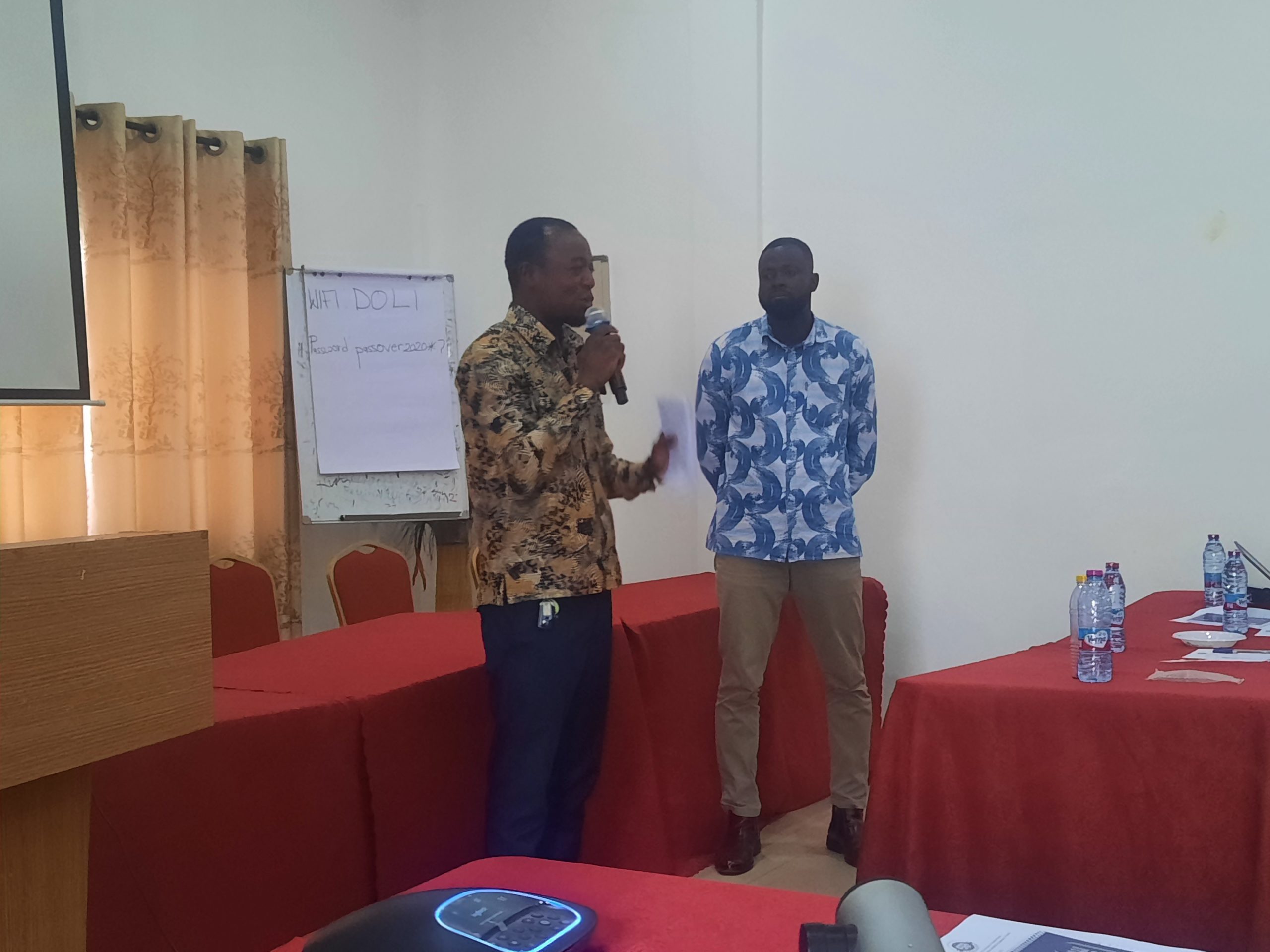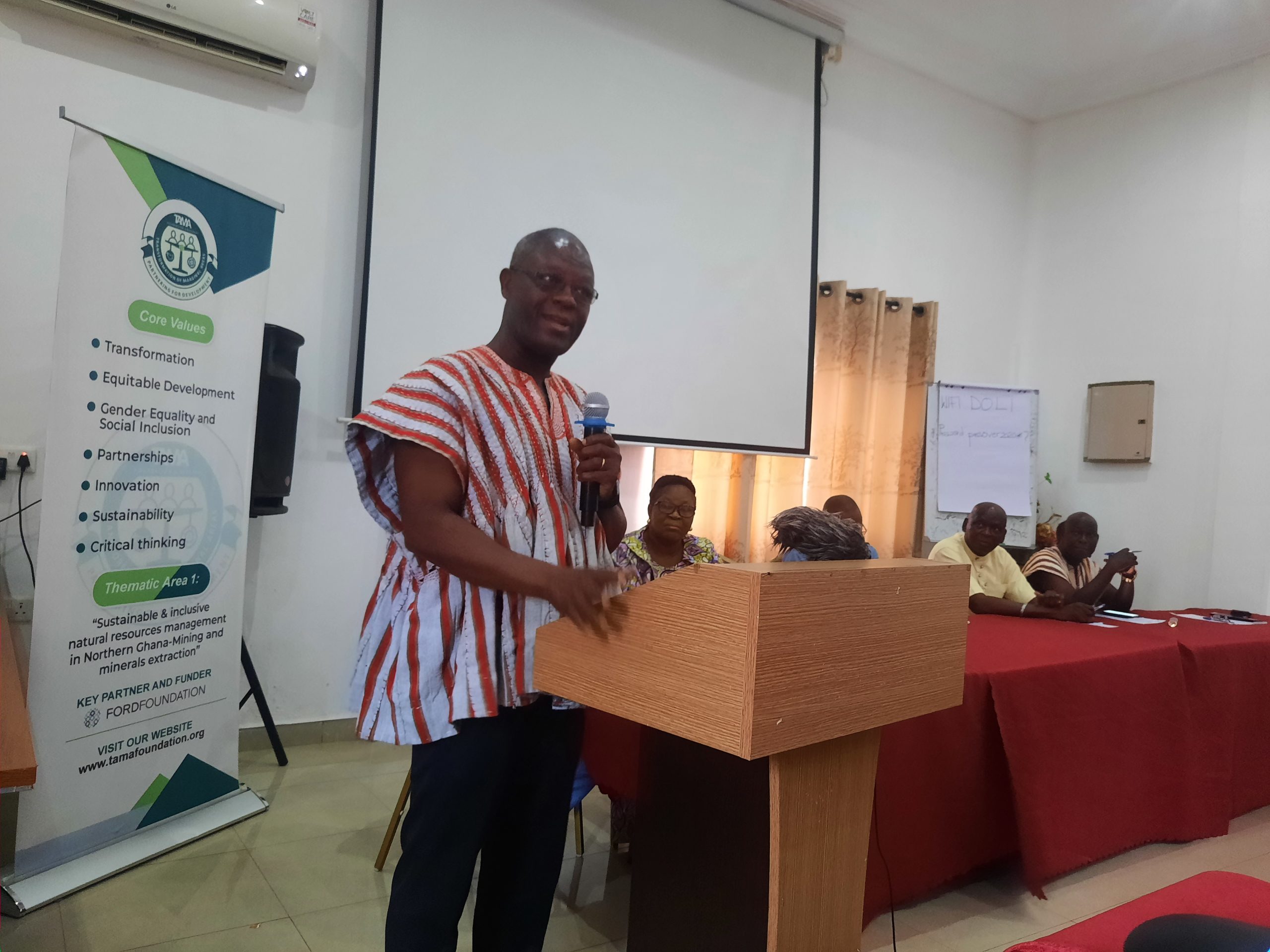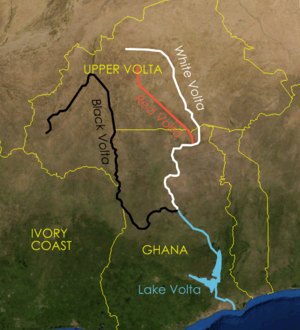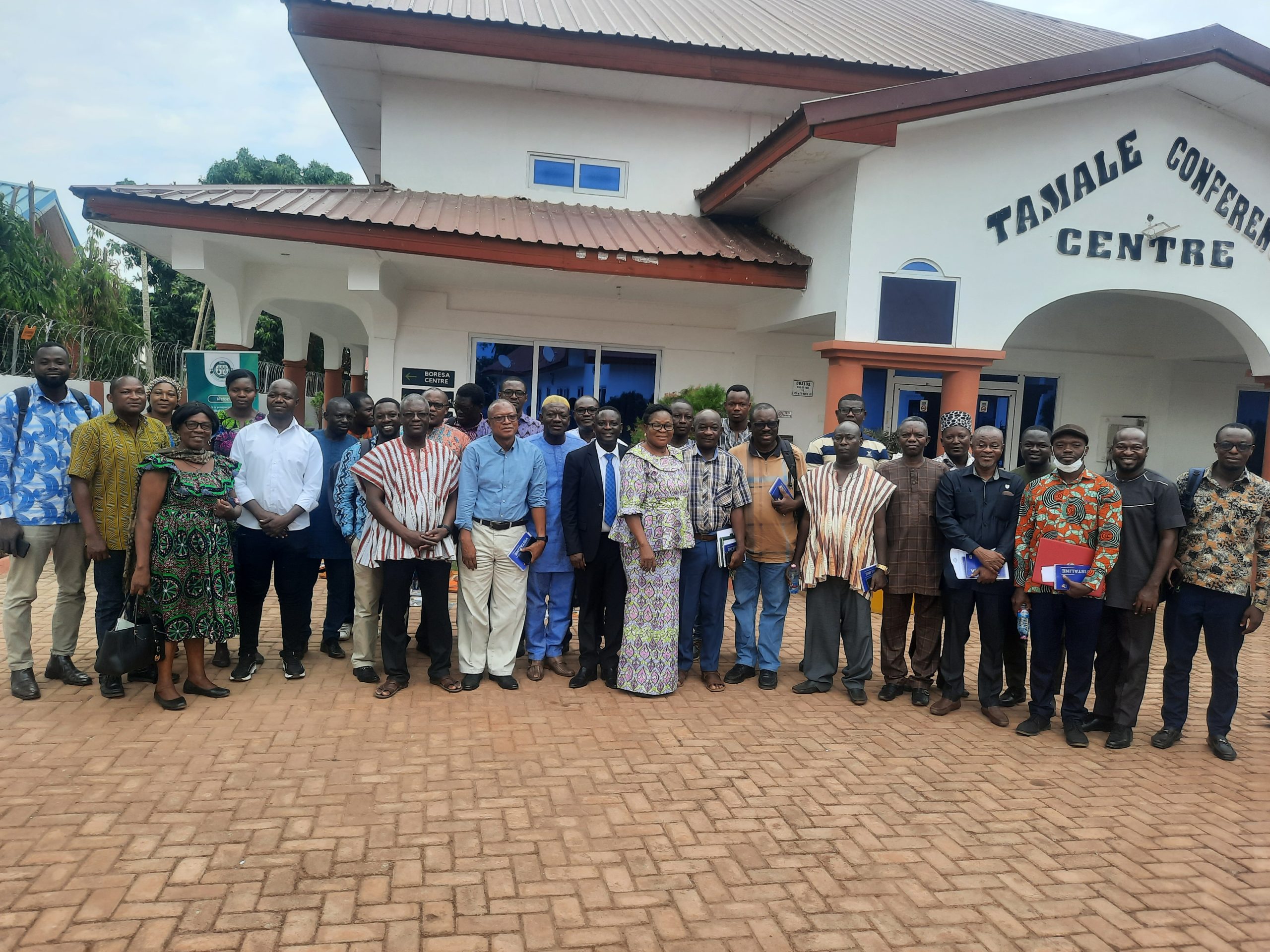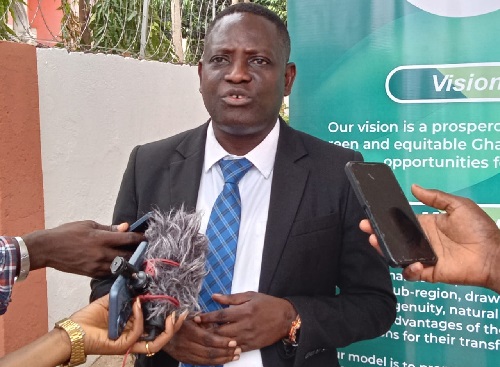Hey, like this? Why not share it with a buddy?

The scars and devastating impact of illegal mining activities, popularly known as galamsey, are staring in the faces of residents of mining communities in the northern part of the country.
While some residents, particularly illustrious young men are very often falling into abandoned pits and deep gullies, vegetative cover is begging for survival.
A bird’s eye view shows vast swathes of farmlands, forest and off-forest reserves that lay bare in some mining communities in the North East, Savannah, Upper West and Upper East regions.
The areas include Mamprugu/Moaduri, Bawku West, Talensi, Wa West, Wa East and Bole districts as well as the Kasena-Nankana, Jirapa and Sissala East municipalities, all in the five regions of the north.
Uncovered pits
In the Mamprugu/Moaduri district, for instance, illegal miners have caused massive destruction to about five acres of arable lands.
They have mined at the site and left behind deep uncovered pits and gullies, after they were flushed out by the District Security Council (DISEC) and their equipment confiscated.
In September 2022, luck eluded five illegal miners who had gone to the site to prospect for gold after a pit caved in on them. The deceased were identified as Kwaku Noah, Issahaku Osman, Mohammed Ibrahim, Salifu and Aliu Waliu.
The situation is not different from that of the Dorimon and Manwe communities in the Wa West and Wa East districts where the miners have dug deep pits and cleared large tracts of both forest and off-forest reserves to prospect for gold.
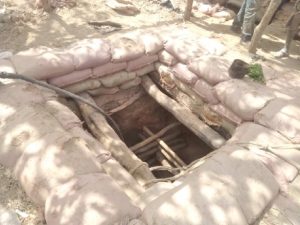
An uncovered deep pit at the Manwe mining site in the Upper West Region
In the case of Zebila and its environs in the Bawku West District, the illegal miners are engaged in surface mining. The once fertile land used for the cultivation of onion, cabbage, sorghum and maize is a pale shadow of itself.
Some illegal miners – Adam Mahama, Yakubu Fuseni and Isaac Adelwini in an interaction with the Daily Graphic admitted the negative impact of their activities on the environment, but said that was their only source of livelihood.
“Some of our friends have been dying every day and our activities are also destroying the environment but we don’t have a choice for now,” one of them said.
Reclamation project
In 2022, the government rolled out the national land reclamation project to restore lands degraded by illegal mining activities in the country.
The project, which is part of the National Alternative Employment and Livelihood Programme (NAELP) under the Ministry of Lands and Natural Resources, is targeted mainly at degraded lands that straddle water bodies, with the ultimate aim of restoring the lands, while breathing a new lease of life into rivers.
So far, more than 1,000 hectares of degraded lands in the Western North, Eastern and Ashanti regions have been reclaimed.
However, no degraded lands in the mining communities in the north have been reclaimed as yet.
The Daily Graphic’s checks for the past three months indicate that the illegal miners have left the pits uncovered, while others are currently on-site causing harm to the environment with impunity.
Land restoration
The Executive Director of TAMA Foundation Universal, Dr Chrys Anab, who has been leading a crusade to promote sustainable natural resource governance in the north, described the illegal mining menace as a serious threat to the lives of the people.
He said the impact of illegal mining on the north was very severe just as the south, for which reason same attention should be given to it.
“The damage has already been caused and we can’t change that but we have to take stringent steps to reclaim the degraded lands. The government should scale up the reclamation programme to the northern part of the country to help restore the fragile vegetation cover,” he said.
Dr Anab emphasised the need for the government, to as matter of urgency, test the soil and water bodies in the north to ascertain the level of pollution caused galamsey activities, adding, “My organisation is currently taking geo location of all mining communities and trying to test the soil and water bodies to quantify the extent of heavy metal pollution.”
Licenses
According to the Minerals Commission of Ghana, about 270 licenses had been granted to companies for gold prospecting and reconnaissance purposes across the five regions of the north.
Five leases have been granted to companies for large scale, deep underground mining with three already operating in the Upper East and Upper West regions.
Aside from that, communities such as Dakurpe and Tinga, all in the Bole District, are also engaging in a community mining scheme.
The galamsey activities are gaining notoriety in the area just like in the south. However, the authorities have vowed to flush them out of the area.
In a recent interview, the North East Regional Minister, Yidana Zakaria, indicated that the Regional Security Council (REGSEC), had started engaging all illegal miners and residents of mining communities on the need to form community mining schemes.
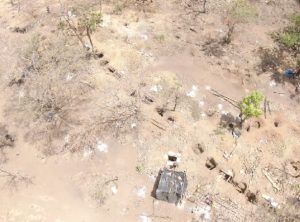
Aerial view of land destroyed by illegal miners
That, he said, would help stop the illegal mining activities from continuing to destroy the environment and which led to loss of lives.
For his part, the District Chief Executive for Mamprugu/Moaduri, Abu Adam, said it required a national effort to reclaim the degraded lands as the assembly had limited resources.
He, however, denied reports that his outfit had sold some earth-moving equipment confiscated from Chinese illegal miners in the area, stating that “all equipment confiscated are in the custody of the Regional Security Council.”
Climate crisis
There is no doubt that activities of illegal mining are taking a toll on the vegetative cover in northern Ghana, as the few forest reserves and economic trees such as shea, which constitute about 90 per cent of the ecology, are being destroyed.
The growing menace, among other things, is adversely destroying the biodiversity and worsening climate crisis.
The Forestry Commission estimates that about 6.6 million hectares of Ghana’s 8.2 hectares of forest trees have been depleted over the years through indiscriminate human activities.

Dr Chrys Anab, Executive Director of TAMA Foundation Universal
Currently, the country’s remaining forest cover of 1.6 million hectares is being threatened by illegal mining, lumbering and other human activities.
According to the Global Forest Watch, in 2010, northern Ghana had 47.3 hectares of tree cover, extending over 0.68 per cent of its land area.
However, it has lost two hectares of tree cover, equivalent to 19.0 kt of Carbon dioxide (CO₂) emissions in 2022.
Way forward/SDG
Goal 13 of the Sustainable Development Goals calls for urgent action to combat climate change and its impact and preserve the environment.
However, achieving this goal appears to be bleak with the rampant destruction of the vegetation cover through illegal mining, which is gradually exacerbating the climate change situation.
To address this, there is the need for the government to deliberately scale up a reclamation exercise to reclaim degraded lands and restore hope to the people of the north, just as is being done in the southern part of the country.
Source: www.graphic.com.gh




